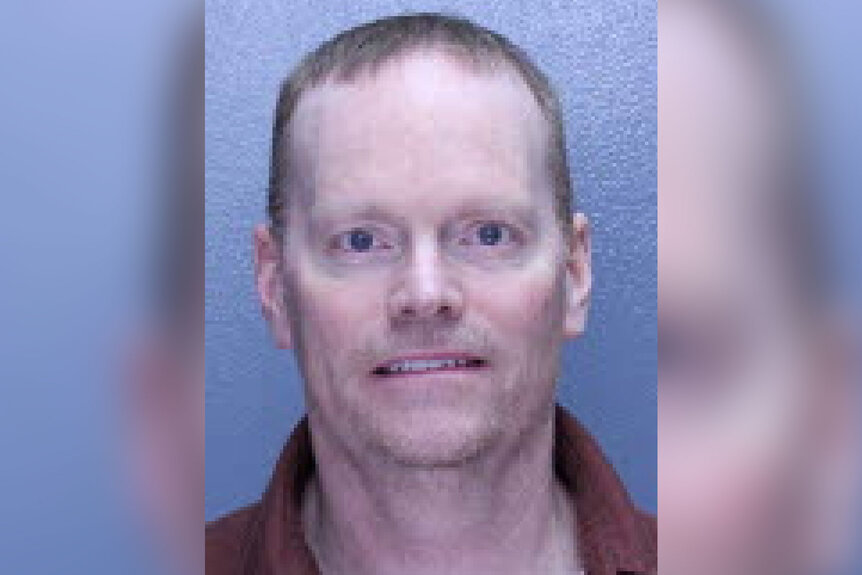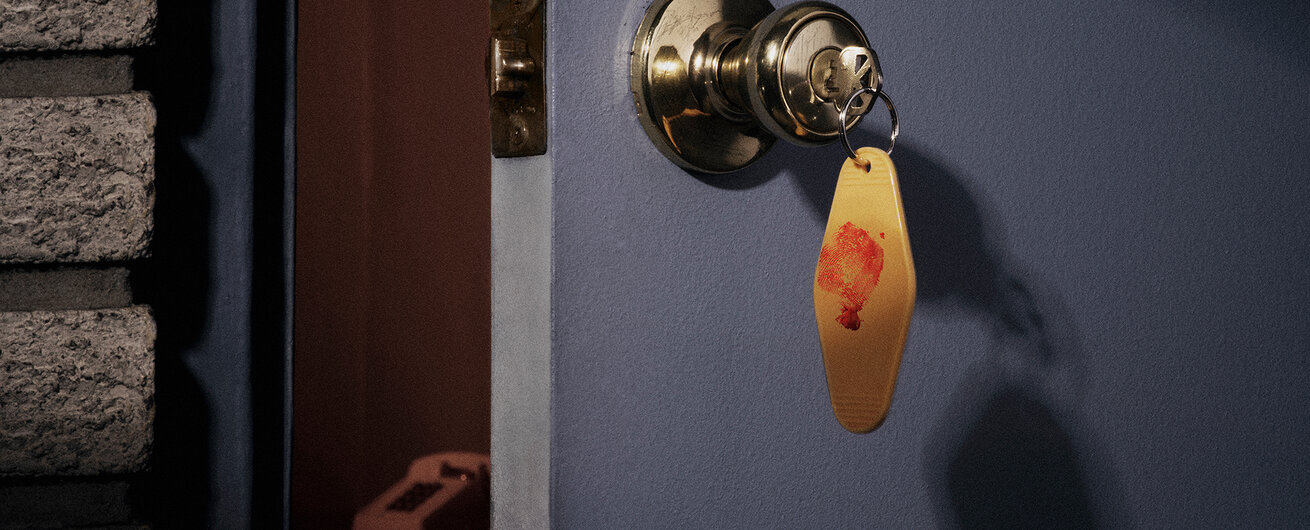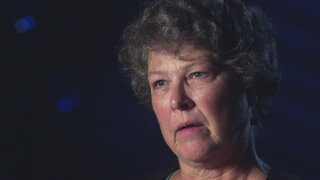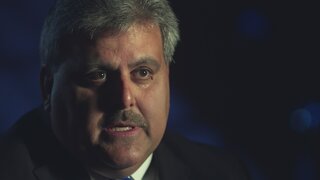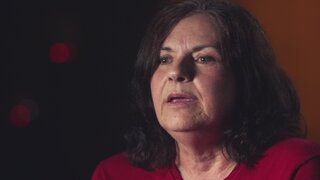Create a free profile to get unlimited access to exclusive videos, breaking news, sweepstakes, and more!
Dentist’s Gruesome Murder Baffled Police, But Led To Breakthrough In DNA Technology
Neighbors recalled hearing “bloodcurdling screams” and “pig squeals” when the beloved dentist was murdered, but suspects were hard to come by.
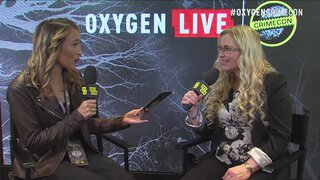
In 2007, a boy in rural Pennsylvania stumbled upon a grisly sight at his neighbor’s home.
Peering through the front door, the child saw the corpse of his 39-year-old neighbor, Dr. John Yelenic, a well-liked local dentist, lying bloody, barefoot and motionless, according to a criminal complaint obtained by Oxygen.com. Yelenic, who had been sliced and stabbed several times, died in a pool of his own blood in his living room.
The latest episode of “Killer Affair,” which airs Thursday nights on Oxygen, dives into Yelenic’s brutal murder, and the breakthrough technology that eventually led to the capture of his killer.
There was strong circumstantial evidence against Yelenic’s ex-wife's lover, Kevin Foley, a state trooper. Police found a series of bloody footprints in Yelenic’s house that matched Foley’s shoes, and the state trooper, bitter about the Yelenics heated divorce proceedings, had openly wished death upon the dentist in the presence of law enforcement colleagues. The trooper, a knife collector and fanatic, also reportedly walked around his office, flipping a blade open and closed, according to the true crime book “Dying For Love” by Carlton Smith.
But most importantly, a minuscule amount of genetic material underneath Yelenic’s fingernails matched the trooper, prosecutors said, according to the Post-Gazette.
That fraction of genetic material largely turned out to be Foley’s undoing — and helped launch a then-obscure DNA technology to the forefront of criminal investigations across the U.S.
At the time of the murder, and prior to Foley’s conviction, local police had no suspects, no witnesses, and few clues. On “Killer Affair,” people who knew Yelenic said that they couldn’t imagine anyone having a grudge against the easygoing dentist. Neighbors reported hearing, “blood curdling screams” and “pig squeals” hours earlier, but never alerted authorities, the criminal complaint stated.
In the course of their investigation, police learned of the Yelenics troubled marriage — and acrimonious divorce — but ruled out the wealthy dentist’s wife, Michelle, as a suspect. Michelle had long denied killing her former spouse, despite standing to cash in on the dead dentist’s life insurance policy, which exceeded one million dollars.
Authorities discovered two distinct DNA profiles at the murder scene; 93 percent of that material, mostly blood, belonged to the Yelenic. The rest, police surmised, was the killer’s. An initial FBI analysis of that fraction of DNA pointed to Foley, linking him to the slaying with a match statistic of 13,000 — meaning the chance that a random person would be included in that mixture is one in 13,000.
But at the time, prosecutors were concerned that probability wasn’t high enough to secure a conviction against Foley, who claimed he had been playing hockey at the time of Yelenic’s murder.
“When there’s 13 million people in Pennsylvania at the time, it’s not persuasive evidence,” said Pennsylvania scientist Mark Perlin, who designed TrueAllele, a complex statistical computing method for analyzing and interpreting DNA mixtures, which prosecutors used for the first time in history to convict Foley.
“The prosecutor really didn’t have much evidence,” Perlin told Oxygen.com. “He had some video, he had a footprint, and his main DNA evidence was under the fingernails of Dr. Yelenic.”
While the FBI genetic analysis showed a match statistic of 13,000, Perlin’s emerging technology pushed that number into the billions. After Pennsylvania Attorney General Anthony Krastek enlisted the DNA technologist’s help, Perlin’s forensic analysis company Cybergenetics matched Foley’s genetic profile to the blood found at Yelenic’s home to a match statistic of 189 billion.
At the time, Perlin said, his work was unprecedented. Computer technology lacked the sophistication and statistical algorithms to analyze DNA evidence that included the genetic material of more than one person, as was the case with the Yelenic murder.
“[It’s] a computer approach to interpreting complex DNA evidence,” the 62-year-old Pittsburgh scientist explained.
DNA analysis was previously carried out manually by technologists poring over data. Conversely, TrueAllele eliminated “human intuition,” he said. The Foley case was the “dawn of DNA computing.”
Still, Foley’s defense attorneys tried to discredit the DNA evidence as novel science, despite prosecutors presenting several reputable scientific journals that had published Perlin’s work, in an evidence admissibility hearing. The judge ultimately admitted TrueAllele’s findings, paving the way for Foley’s conviction — and a statewide precedent.
“His technique had never been used before in a courtroom or investigative setting, so that was a challenge,” former Attorney General Anthony Krastek told Oxygen.com.
“It was very persuasive,” Krastek, 66, added. “It absolutely helped the case. It was Dr. Perlin that tipped the scales. The fact that there was a DNA match was … absolutely huge. He made clear to me the threshold used by the FBI and every other DNA lab were arbitrary they were not scientifically based, and that's what resonated with me.”
Following Foley’s conviction, Perlin’s computing method became a standard at hundreds of crime labs, according to local NBC affiliate WPXI. Cybergenetics has consulted on nearly 1,000 cases and secured convictions for hundreds of criminals, including nearly a dozen exonerations of wrongfully accused people.
“It’s changed the whole dynamic of trials and investigations,” said the now-retired career prosecutor. “It’s being used all across the country, it’s being used internationally, in just a few short years. It isn’t who has the smoothest talking lawyer anymore, at least in cases where this science is available.”
Foley was sentenced to life without parole in 2009, according to the Pittsburgh Post-Gazette.
For the whole story of what went down between the state trooper and the dentist — and led to a crime scene so gruesome that seasoned investigators said it was the worst they’d ever seen — watch Episode 8 of “Killer Affair” on Oxygen.com, and tune in for new episodes Thursdays at 8 p.m. ET/PT.
